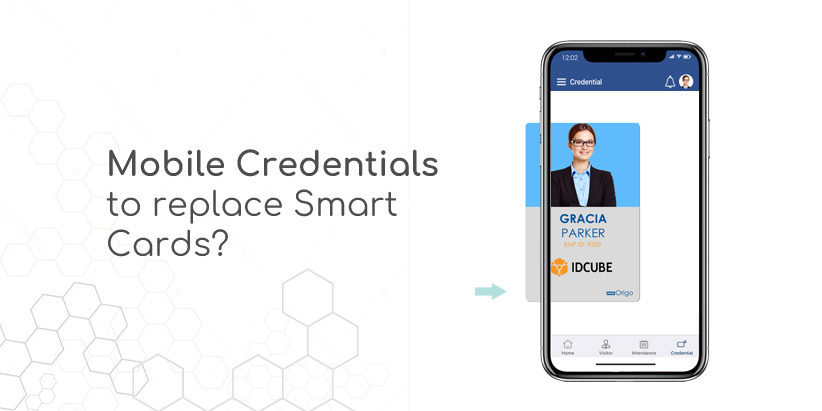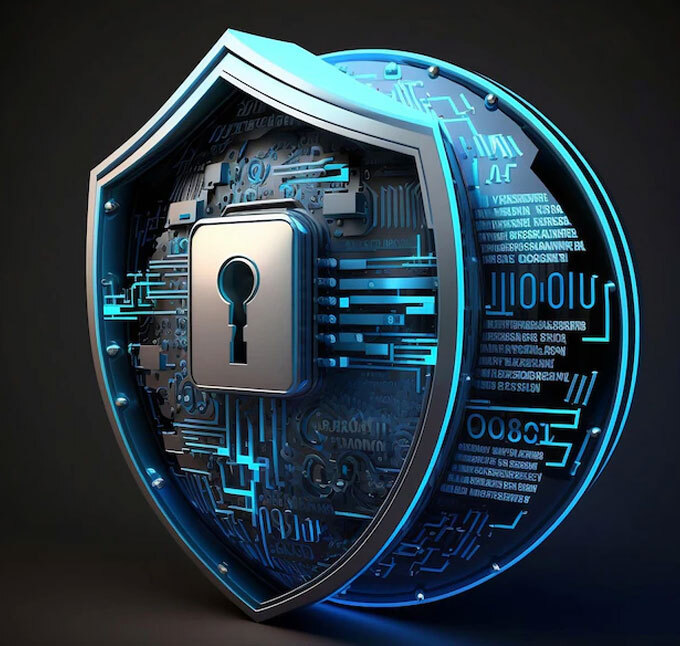
Is Mobile Credential going to replace Smart Card?
The usage of smartphones is ubiquitous; it has overpowered everything in today’s world, including even the physical access control industry. People always seek better convenience and security, thereby motivating the security industry to explore smartphone technology for access control to replace legacy smart cards.
However, it may be challenging for mobile credentials to beat the traditional mode of access control, making it necessary for a critical analysis of both these access control modes to draw a viable conclusion. This blog attempts to highlight the pros and cons of using mobile credentials over smart cards.
Why Mobile Credentials?
- Remote Credential Provisioning
Mobile credentials allow an administrator to revoke, issue or replace it anywhere and anytime since it is cloud-based. Smartcards, being physical objects, cannot be handled in the same way.
- Better Security
Certifications: ISO/IEC 27001:2013 certificate that authenticates an organization’s information security framework supplying the mobile credential services puts it in a secure space compared to smart cards.
Restricted Access: Mobile credential generation is unique for each mobile device by capturing specific mobile device parameters. Therefore, mobile credentials installed on a particular device do not work for any other device.
Multi-factor Authentication (MFA): Smartphone credentials stay safe behind multiple layers of security parameters such as PIN/ password or biometrics.
Versatile: Any access control system is easily upgradable to support mobile credentials, new or old, and they are cost-efficient as compared to fobs or RFID cards.
- Ease of Use
You are less likely to forget to bring your smartphone than a smart card to work, which poses additional threats of misplacement or damage at any point in time.
- Additional Services
A mobile credentials app may offer many additional services such as attendance management and visitor management, besides access control, to leverage sending & receiving attendance & visitor requests directly from a smartphone. Many gated communities, business parks, and co-working spaces integrate mobile credentials on their enterprise service mobile apps.
With so many advantages over smart cards, mobile credentials still lag in many areas, such as:
- Power Requirement
You don’t require a power source to activate your smart card to gain access. In contrast, a discharged smartphone without any nearby charging point is futile and can leave a person stranded outside the facility.
- Easy Validation
Physical validation of smart cards via varied printing technologies like guilloche, UV or IR active color printing (a.k.a optically variable inks), holographic overlays, holograms, embossing, laser engravings, ghost images, micro printing, CLI/ MLI (changeable laser image/ multiple laser image) make it a favored choice by the organizations. The security guards validate the user identity by using simple machines or naked eyes, whereas mobile credentials require more sophisticated reader devices for validation.
- Technical Complexities
The mobile credential is still at a nascent stage; therefore, it showcases performance challenges with so many different versions of mobile OS & devices available in the market.
On the other hand, smart cards are easy to be issued on a large scale across a broad spectrum of users.
From ubiquitous smart cards to more advanced mobile credentials, technology is migrating at a fast pace. However, in a large space, both forms of credential technologies may co-exist in a hybrid way.
Still, confused over what to choose – Smart Cards or Mobile Credentials? Contact our team of experts at IDCUBE.

 USA
USA
 UAE
UAE
 IN
IN









